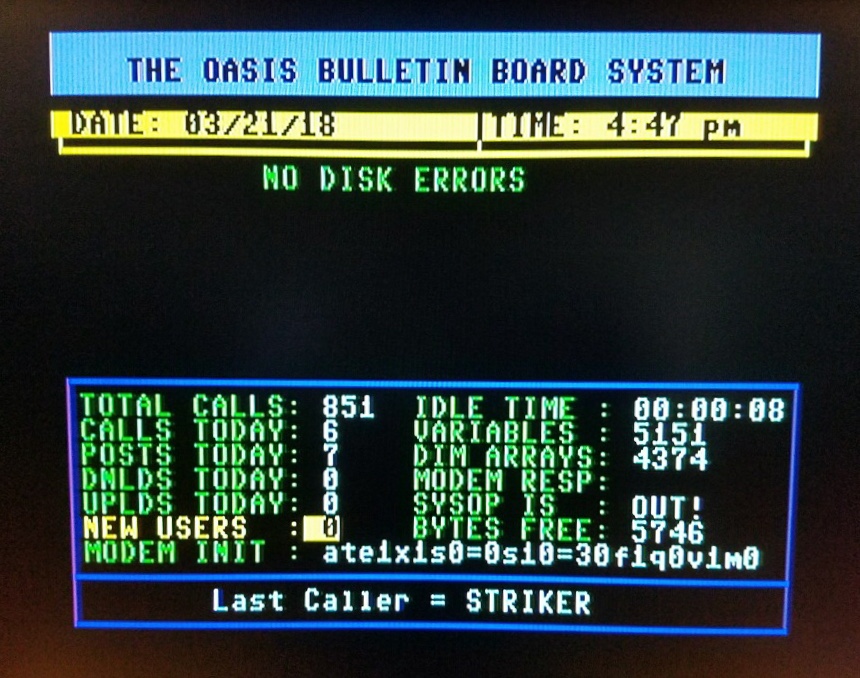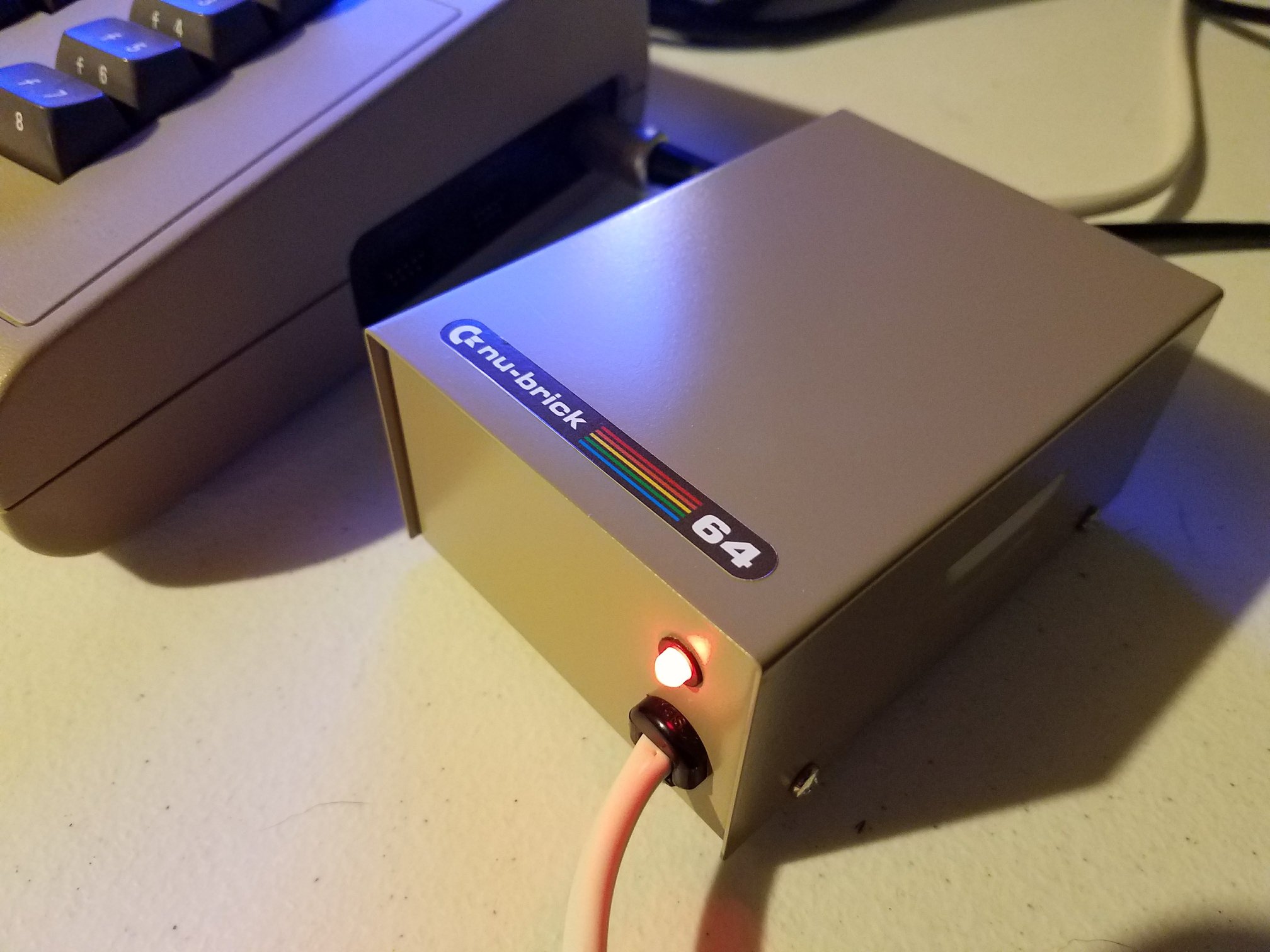The PiStorm Amiga upgrade arrives with bold ambitions and a surprising price tag, giving Amiga users a fresh way to boost performance without draining their budget. This summary walks through the highlights of the project and shows why the attached video is worth watching. The PiStorm Amiga upgrade packs CPU acceleration, a virtual hard drive, RAM expansion, and flexible configuration into a tiny Raspberry Pi setup that reshapes what a stock A500 can do.
A New Take on Amiga Acceleration
The video opens with a quick look at the current Amiga accelerator landscape. Options like the Terrible Fire, Vampire, and ACA500 Plus remain popular, yet all sit at higher prices. The PiStorm shifts that balance. Its base board costs under fifteen pounds, and even with a Pi 3A Plus installed, the total stays far below most alternatives.
The PiStorm Amiga Upgrade connects to the 68000 CPU socket and uses software emulation to mimic processors ranging from the 68020 to the 68040. It supports 128 MB of RAM and boots from a virtual hard drive you prepare in WinUAE. Wireless access through the Pi makes setup easier. You can edit the config file, switch Kickstart versions, and adjust CPU modes without opening the case.
Setup Challenges and Clever Workarounds
The early build in the video requires some soldering. Small pads and stiff ground planes add difficulty, but the presenter shows the process step by step. He also swaps the included socket pins for a longer set after the board refuses to stay seated in the A500. Once installed, the PiStorm works with existing trapdoor expansions, including a two-megabyte RAM upgrade.
Remote access through SSH makes the configuration process smoother. From his laptop, the presenter boots the Amiga, edits settings, and switches CPU modes with ease.
Performance Hits, Surprises, and Standout Results
SysInfo benchmarks reveal mixed results. Some CPU modes run slower than expected, yet Kickstart 3.1 boosts performance sharply. Hard drive speeds deliver the biggest surprise. Virtual drive tests reach around 750 MB per second, far surpassing speeds shown on high-end accelerators like the Vampire V4.
Game performance varies. Frontier runs far smoother than on a stock A500. Hunter’s demo playback works correctly, while some titles run better in 020 mode than 030. Doom even runs at a playable speed, which makes for a fun moment in the video.
A Project With Room to Grow
Development continues at a fast pace. New emulator features allow the Amiga to trigger resets and configuration tasks directly on the Pi. Planned RTG enhancements aim to mix native RGB with HDMI output for flexible display options.
The video closes with extended gameplay footage that shows the PiStorm’s potential. For users who want more speed, easy storage, and modern conveniences at a low cost, this accelerator lands in a sweet spot.







